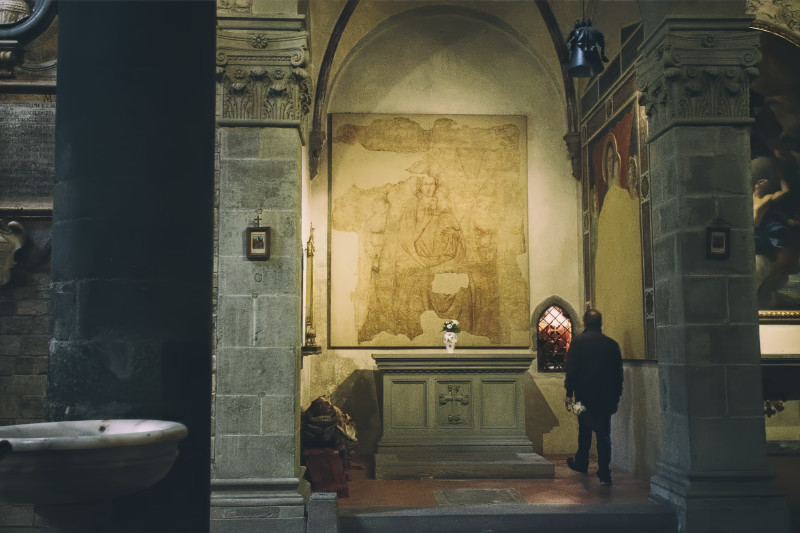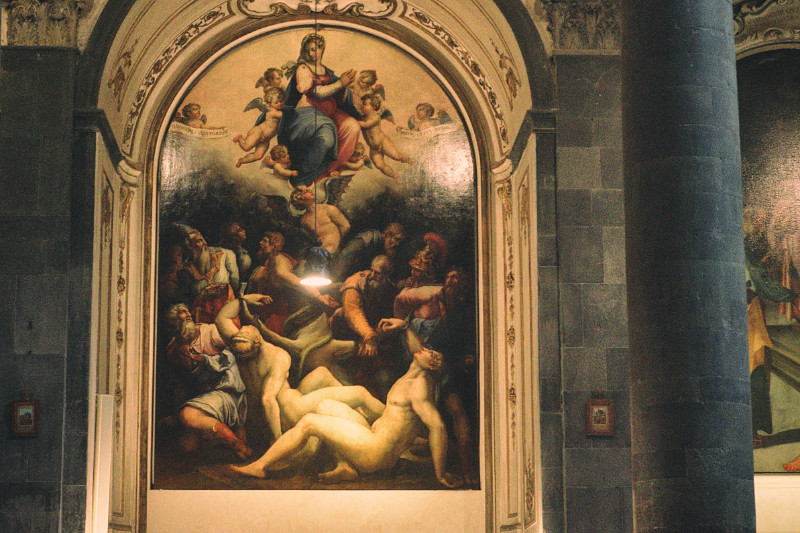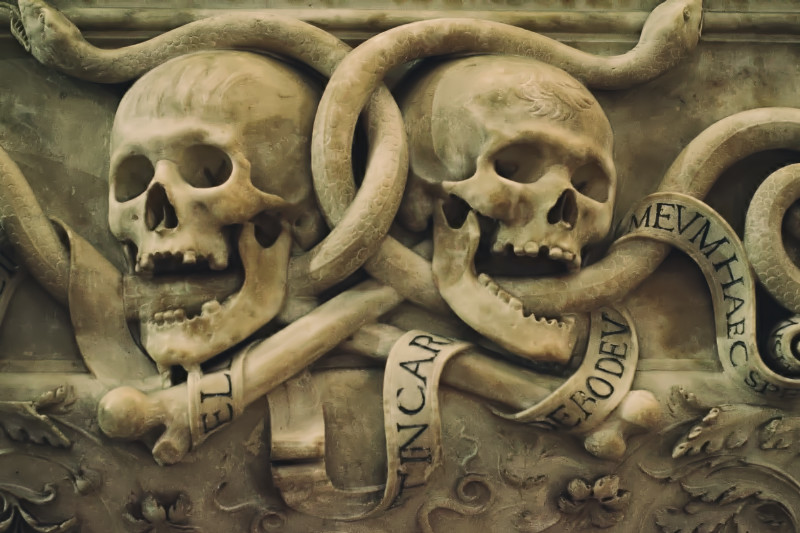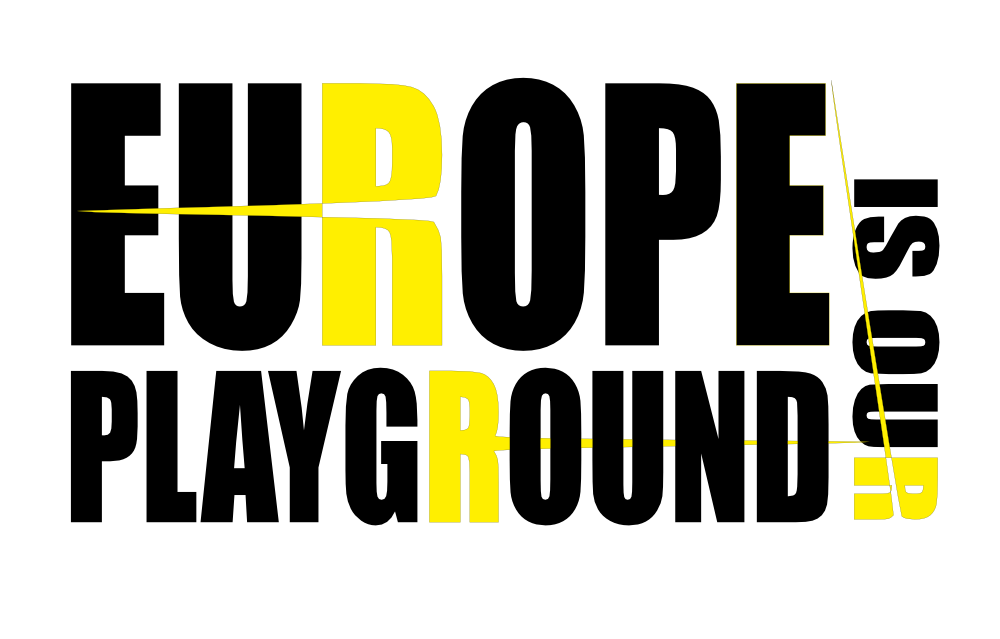All About the Beautiful Chiesa dei Santi Apostoli, Hidden On a Quiet Piazza in Florence
If you take a short stroll down the Borgo Santi Apostoli, just moments from the River Arno and the Ponte Vecchio, you’ll find my favourite piazza in Florence: Piazza dell Limbo, and within this quaint square, the stunning Santi Apostoli Church, and a moment of solitude in an otherwise hectic and overcrowded Tuscan city.
As one of the oldest churches in Florence, Santi Apostoli, has its fair share of folklore and legend. One such legend has been physically attached to the façade of the church in the form of a plaque, commemorating its founding in 800BC and attributing it to Charlemagne and Roland – not likely according to historians, but, as is often the case with Catholic Dogma, the histories of the world’s churches and cathedrals are open to edits and confabulation (as well as the odd bit of delusion). Indeed, scholars suggest that the church was built closer to the 11th century. With that out of the way, all that’s left is to enjoy the absolutely stunning and genuinely calm ambience of the Chiesa dei Santi Apostoli.
The simple façade fits in well with the small scale of the piazza and is in the Romanesque style, and looks, rather unassuming from the outside, which is perhaps why most tourists simply stroll by without a second glance? However, once inside, we are greeted by an ornate wooden roof, which dates back to the 1300’s, large marble columns made from Prato’s famed green marble down either side of the aisle and a series of artworks – some unfortunately damaged by the 1966 floods of which the church was a victim, and others in surprisingly good condition.
The interior, with its numerous chapels and a Romanesque semi-circular apse above the altar, is said to have inspired Brunelleschi while creating his model for San Lorenzo and Santo Spirito.


Below on the left is the Adorazione del Bambino by San Friano, unfortunately damaged in the floods. On the right is L’Allegoria della Concezione (Allegory of the Immaculate Conception) by Giorgio Vasari, completed around 1541 – depicting at it’s core, the Virgin Mary resting her foot on the Devil who appears to sit atop the tree of original sin. In the foreground are the naked Adam and Eve, and then a number of people who were born before the coming of Christ, imprisoned by the branches of the tree for not having received baptism. This scene is all the more poignant when one considers the grounds of the church and the Piazza del Limbo, whose story began in the realm of original sin. To read more about Piazza Del Limbo take a look here.


Below is the sepulchral tomb of Oddone Altoviti by Benedetto da Rovezzano who is also thought to have created the door on the façade of the church. The tomb is delightfully macabre and the intricacy of the work is still evident despite its 500 year old vintage. The tomb’s centrepiece is shown in more detail below – serpents passing through the mouths of two skulls and the supporting bones wrapped in a scroll inscribed with Latin lettering.


At the end of the church is a tabernacle which holds three pieces of flint, said to be from the Holy Sepulchre in Jerusalem, allegedly captured by (according to legend) Pazzino dei Pazzi, who was one of the first Christians to scale the walls of Jerusalem during the first crusades. These flints are used each year during the Lo Scoppio del Carro ceremony to light the rocket-propelled dove which flies on a wire through the Duomo, before itself lighting the fireworks on the cart, after a procession between Santi Apostolo and the Duomo.
Architecture, history and the dubious rhetoric of religion aside, Santi Apostolo, and the wonderful Piazza del Limbo, is one of the most sublime places to simply sit in Florence, and one of very few places in the city centre of Florence where one can find peace, away from the lines of tourists who follow their guidebooks as a bible in worship of only the mightiest of sights.
If you found this helpful, please consider booking your hotels with this link, from which we may earn a small commission.
